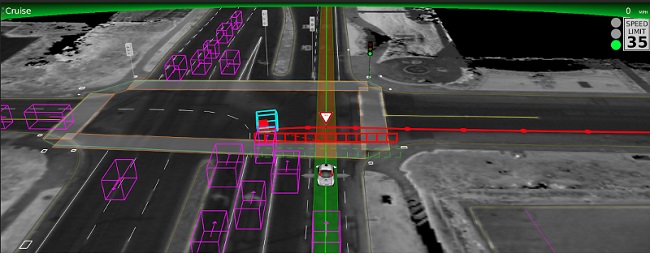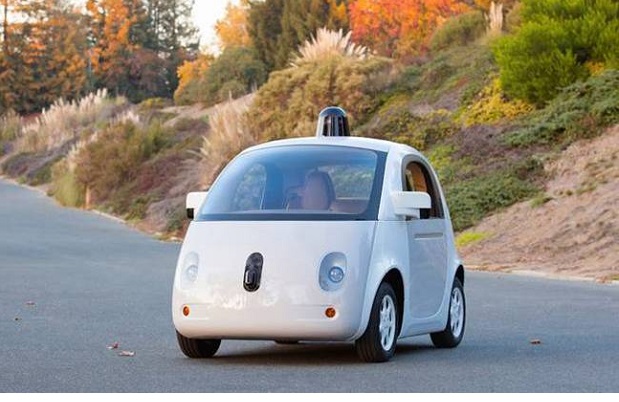Google’s self driving have been involved in 11 crashes since they first hit the road six years ago, but most were caused by humans ploughing into the bank of them, according to a new report.
The Associated Press said that the vehicles had been involved in three collisions since September 2014.
In the longer term, the AP said that the cars had been involved in “11 minor accidents (light damage, no injuries)” during “1.7 million miles of autonomous and manual driving with our safety drivers behind the wheel”.
Shortly after the AP report, Google released data and a long explanation about the success of the cars.
Published on Backchannel, the report from Chris Urmson is director of Google’s self-driving car program, went into more detail on all the accidents it has experienced with the project since it first took to the streets six years ago.
There have been 11 accidents in total, all minor, which Google asserts were never the fault of the car.
Seven involved another vehicle rear-ending the Google car, two were sideswipes, and one involved another car traveling through a red light.

Google asserts that its sensors and algorithms are statistically far more attentive and less error-prone than a human driver is. It also pointed out that the error-prone behaviour of the humans around it are feeding into better algorithms, making the Google car even safer than it already was.
“Not once was the self-driving car the cause of the accident,” Urmson wrote. “Cause” is a key word: like Delphi Automotive, a parts supplier which suffered an accident in October with one of its two test cars, Google said it was not at fault.
Delphi sent AP an accident report showing its car was hit, but Google has not made public any records.
The national rate for reported “property-damage-only crashes” is about 0.3 for every 100,000 miles (160,000km) driven, according to the national highway traffic safety administration.
Google’s 11 accidents over 1.7m miles would work out to 0.6 for each 100,000 miles but, as company officials said, as many as five million minor accidents are not reported to authorities each year so it is hard to gauge how typical this is.
“Even when our software and sensors can detect a sticky situation and take action earlier and faster than an alert human driver,” Urmson wrote. “Sometimes we won’t be able to overcome the realities of speed and distance. Sometimes we’ll get hit just waiting for a light to change.

